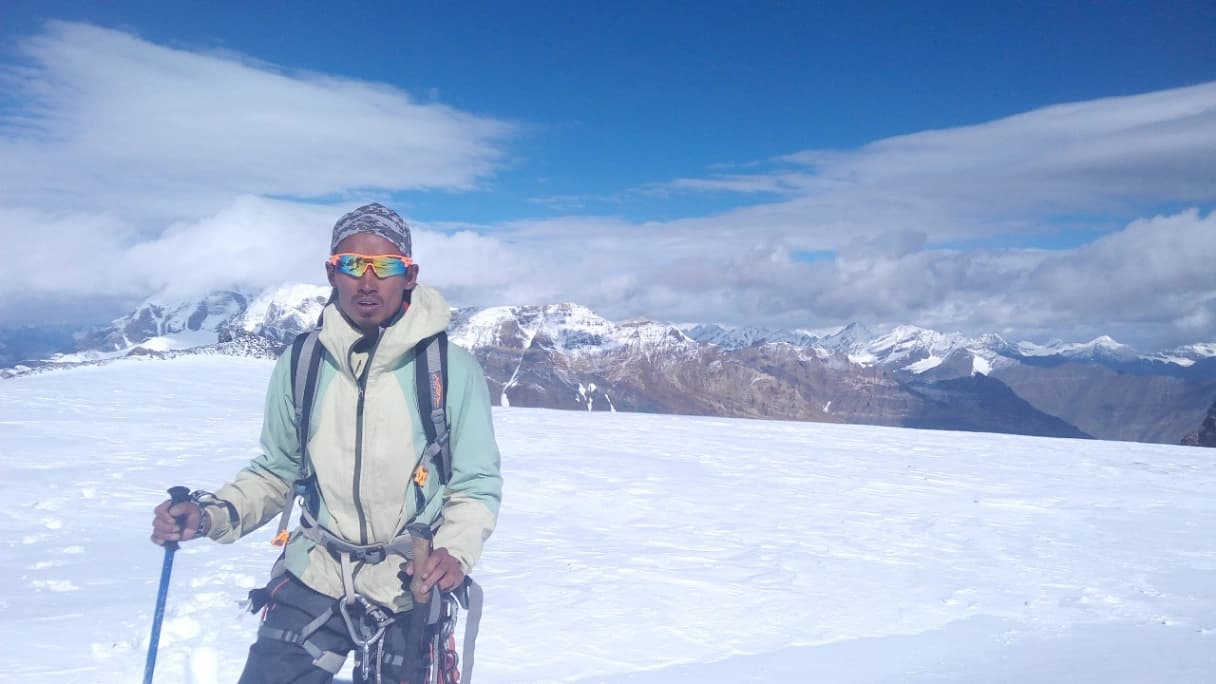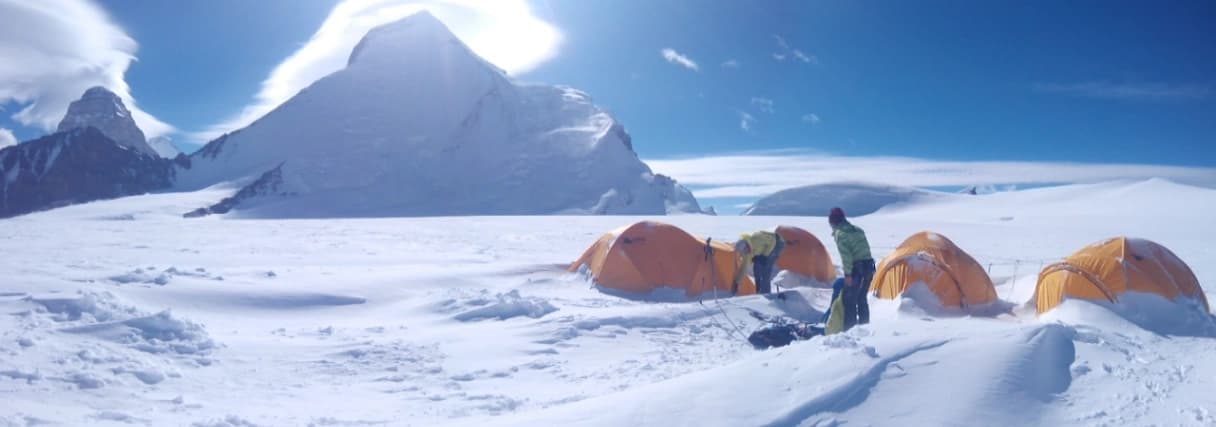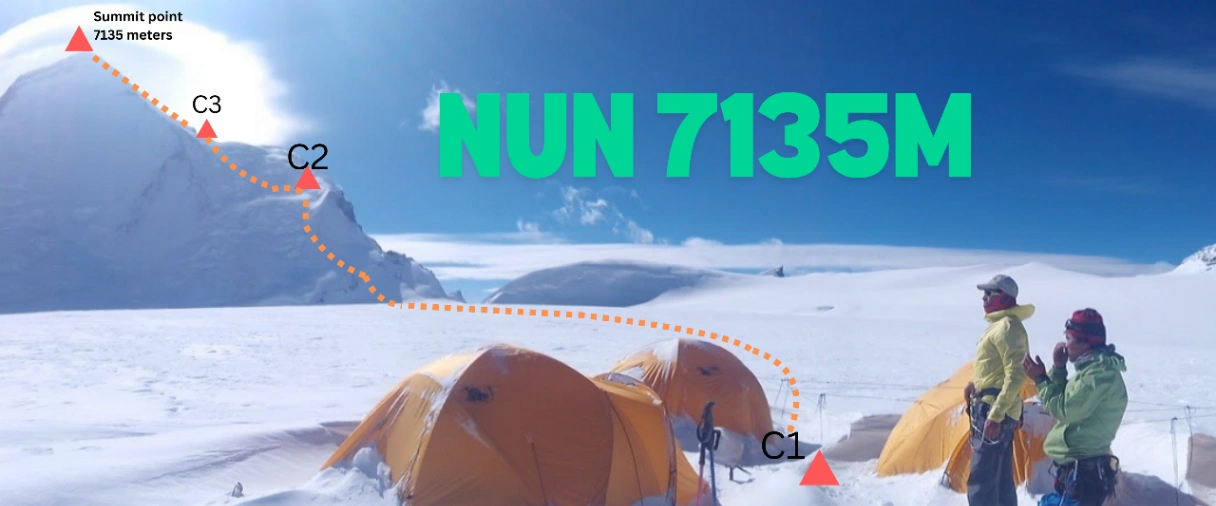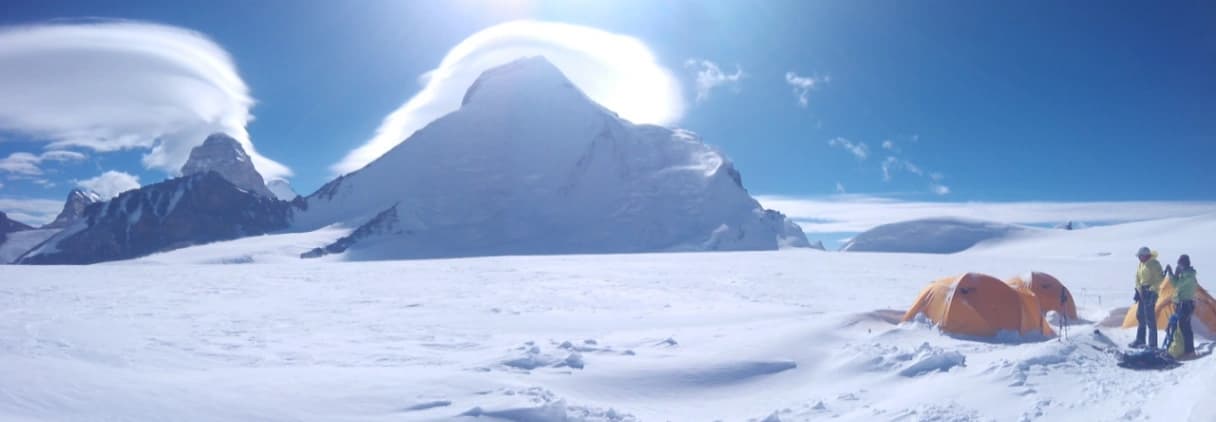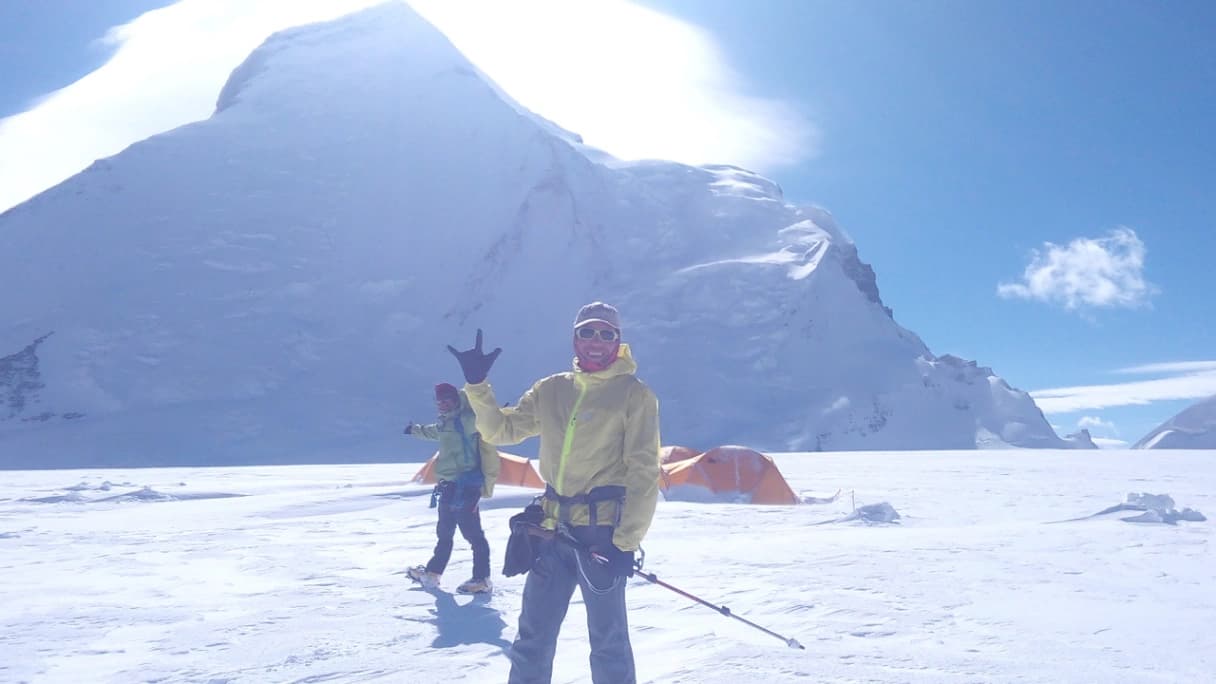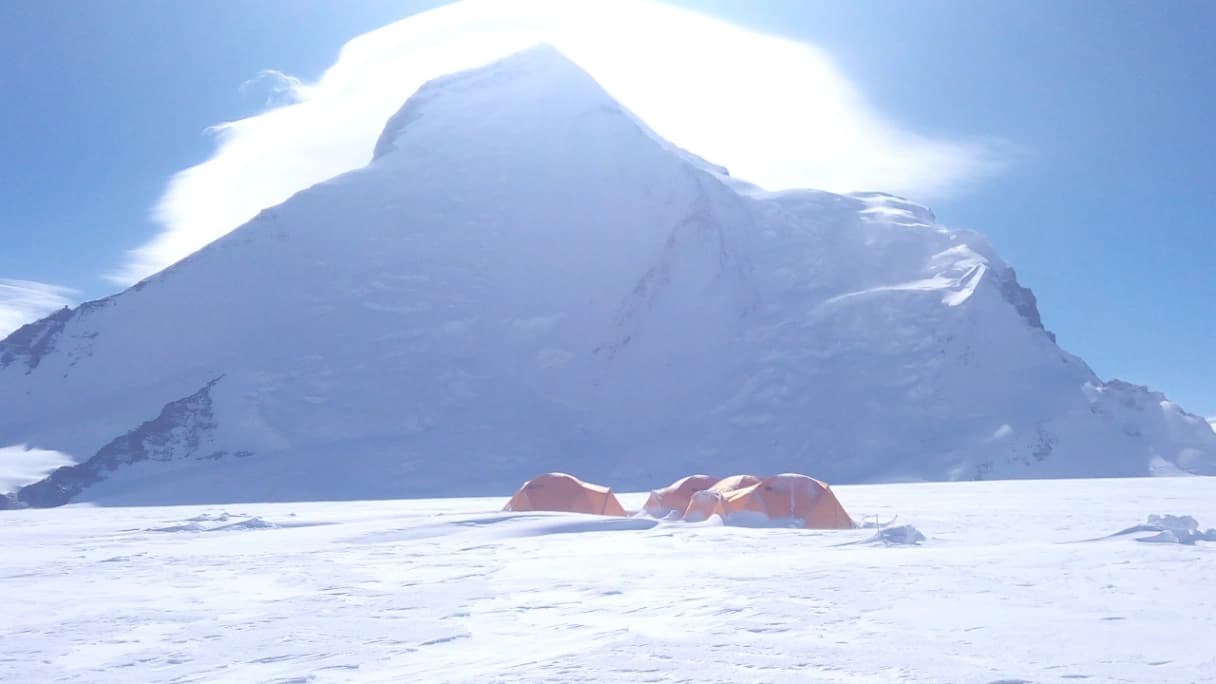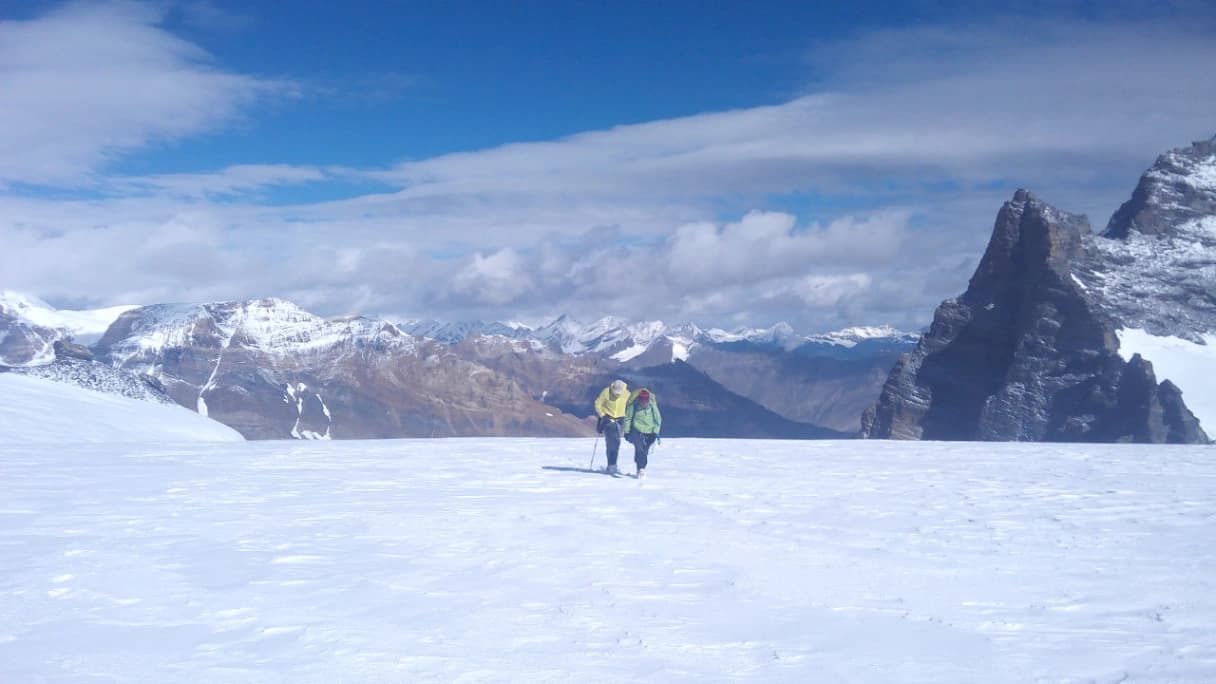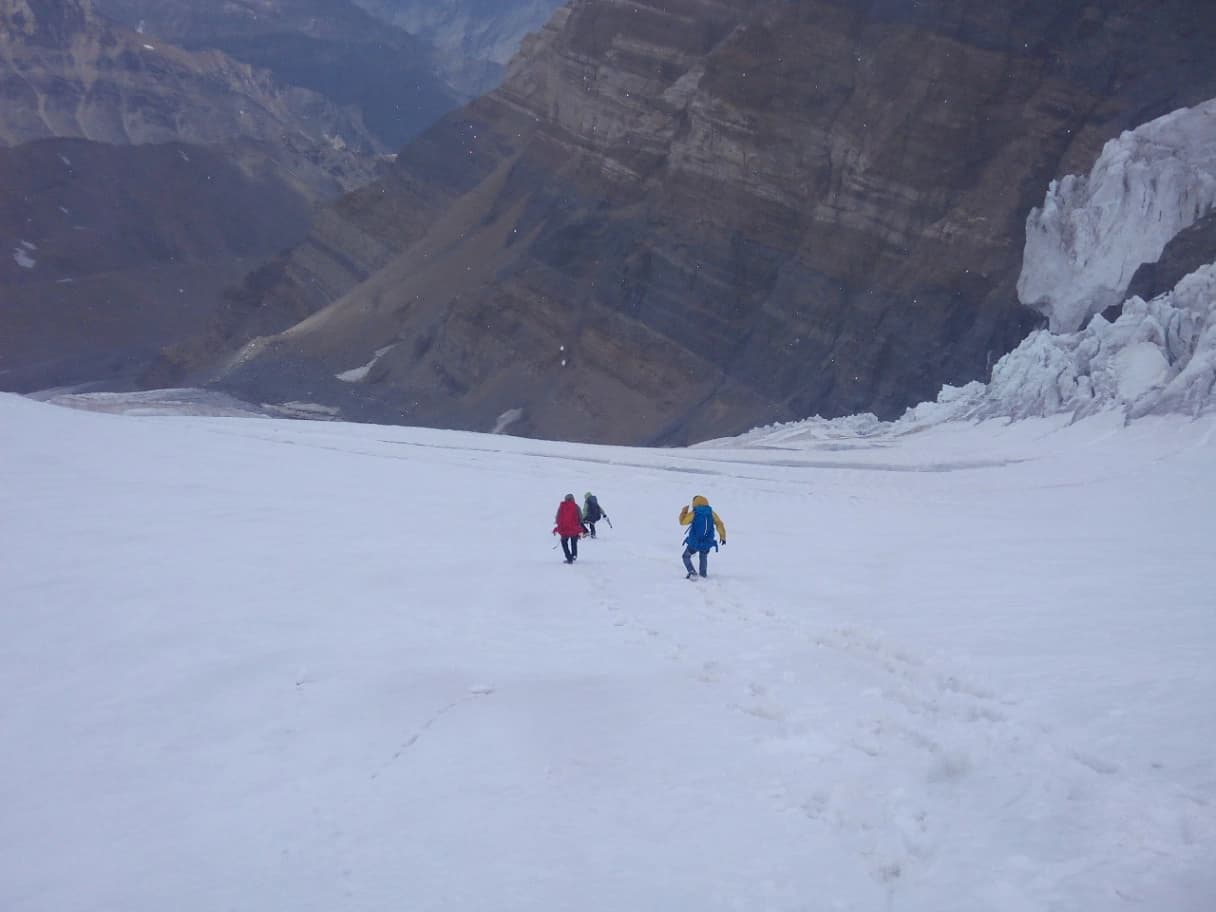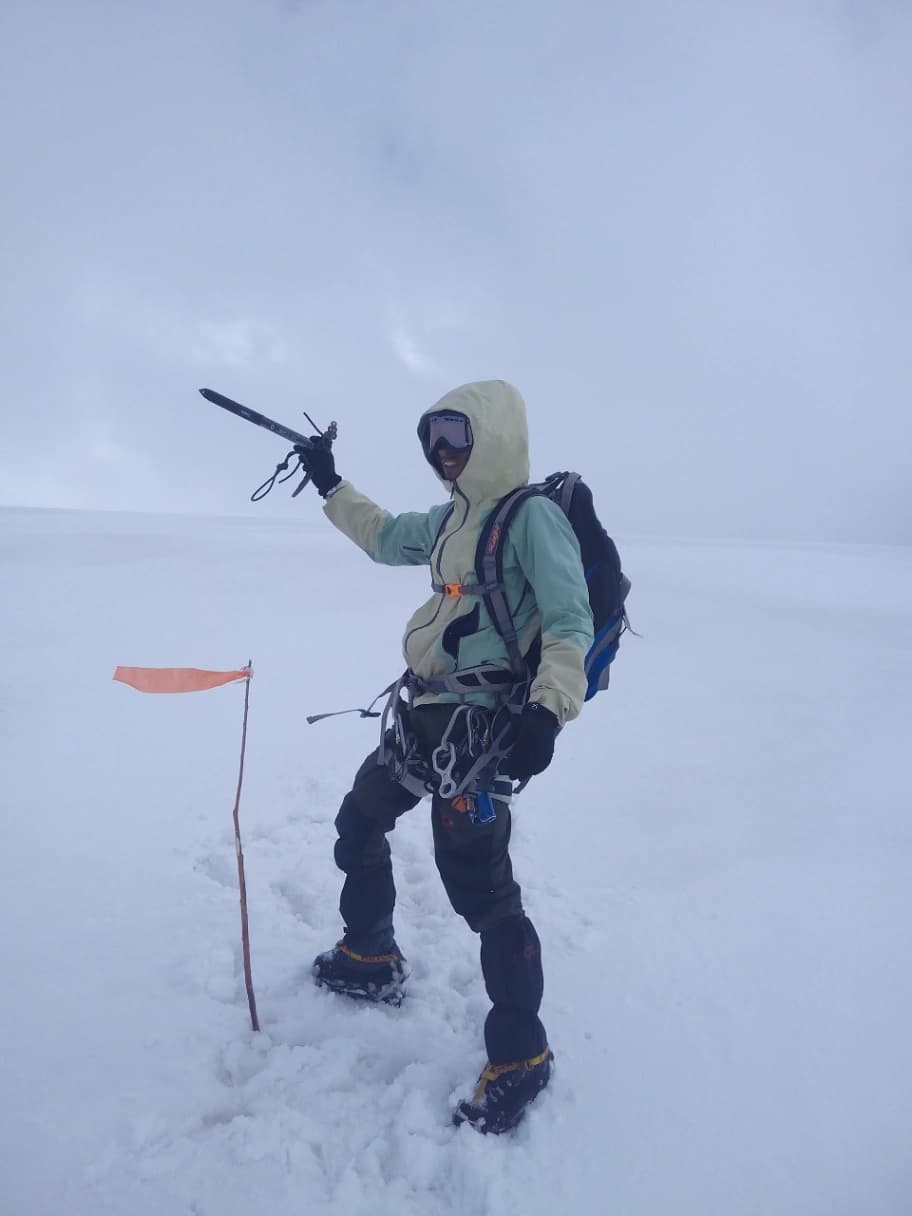The Nun Peak Expedition: Climbing to the Top of the Highest Mountain in Ladakh
The Nun Peak Expedition is the first stage on India's highest climbing expedition, which invites experienced hikers to discover the gorgeous Indian Himalayas. Nun Peak height or elevation is 7,135 metres (23,409 feet) and stands over the Suru Valley's infinite glaciers, is the Zanskar Range's magnificent crown and still feels like a secret. Because of its glacier ridges, steep rock faces, and clean, thin air, this beautiful place is a favorite among people who like to be high up. Each step brings back a nice memory.
Why should you go on the Nun Peak Expedition?
There aren't many people around, so climbing Nun Peak is a great way to experience a diverse culture, beautiful scenery, and a real challenge all at once. This path is more real and rough than the well-known tourist peaks. There are peaceful trails, old monasteries, and people who care more about people than making money. On the day of the summit, climbers' endurance and skills are put to the test, yet every hard-fought breath affords them views of Kargil, Zanskar, and the Himalayas that few others ever see.
What Makes the Nun Peak Expedition Unique?
- Beautiful views from far up that are alone and not touched
- Paths that are hard and covered in snow and ice
- Things that will help you understand about Tibetan Buddhism and Ladakhi culture
- Views of Kun Peak, which is about 7,077 meters high
Total duration of the Nun Expedition
To climb to the top of Nun Peak duration it normally takes 20-25 days. You should get acclimated to the high altitude, check your gear, and aim to ascend to the peak during this period. The expedition begins from Leh, where hikers spend a few days getting acclimated to the thinner air before driving to Tangol, the nearest village. The crew needs to go a long way to reach to Base Camp, which is 4,600 metres above sea level. Then, three higher camps are set up: Camp I, Camp II, and Summit Camp.
After Camp I, the actual technical climbing starts. Adventurers have to trek across glaciers with fissures in them, scale steep ice cliffs, and keep steady on high ridgelines. Teams should depart Camp III for the last push to the summit, but they need to work together, and the weather needs to be good.
The Best Time to Climb Nun Peak
The best time to climb Nun Peak is from June to early September. During these months, the snow patterns in Ladakh settle down, the storms clear up, and the days get longer and nicer. Because of this, the skies are more stable and the temperatures are higher for climbers on their way.
What You Should Do Before
The Nun Peak Expedition is for climbers who are used to climbing at heights of 6,000 meters or above. They need to be very good at climbing at high elevations and know a lot about it. You should be in good health, have recently been on glaciers, and be able to walk on slippery or hilly ground without any problems.
For at least three to six months, do combined strength and aerobic training. Practice on snow and ice until your moves come naturally. If you want to prevent feeling sick from being at a high altitude, make sure you have a strong plan for getting acclimated to it.
Some people think that Nun Peak is a hidden gem and that not many people will ever go to the top. The silence at the top is unlike anything else you'll hear in a crowded range. Climbing here is more than simply a way to reach to the top; it's a type of meditation, with sounds of ice, stone, and breath echoing across silent valleys. The path is great for anyone who wants to work hard and be amazed at the same time. It is very strong, has a courageous spirit, and has ideas that will blow your head.
If your aspirations are this large, let the expedition carry them to the summit of the Himalayas in India.


